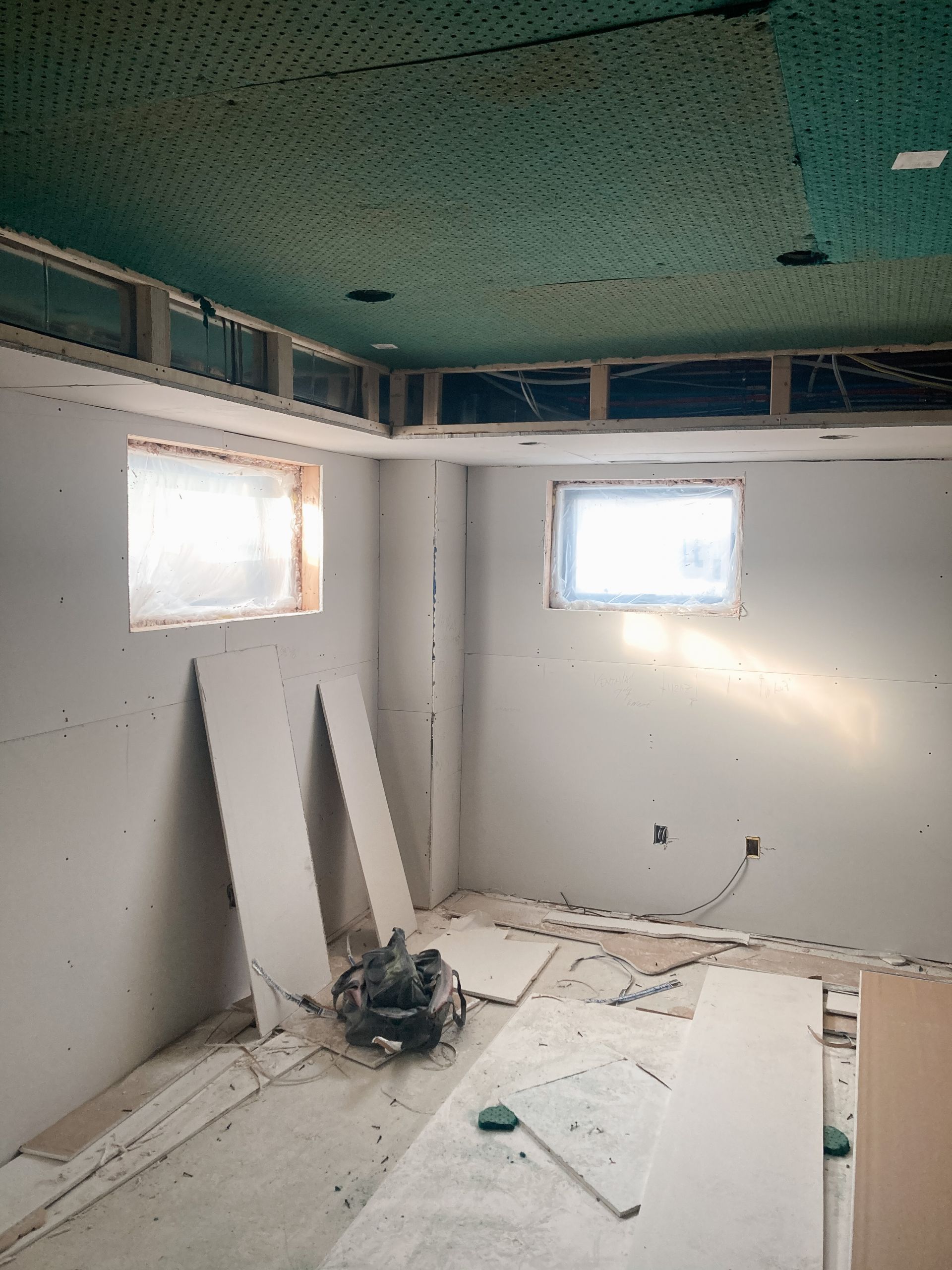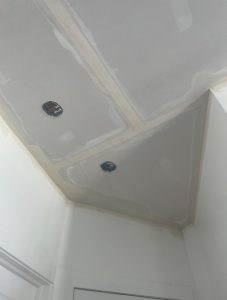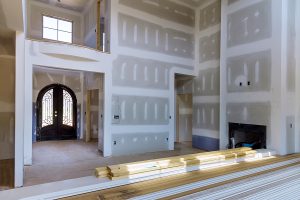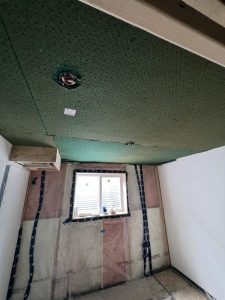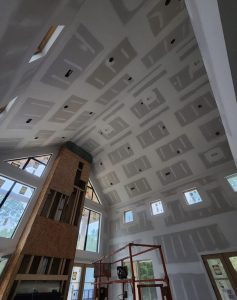Soundproofing Myths Debunked: What Really Works?
When it comes to creating a quieter, more comfortable space, soundproofing is often the go-to solution. Whether you’re dealing with noisy neighbors, loud street traffic, or the constant hum of household activities, proper soundproofing can make all the difference. However, there are many misconceptions about what soundproofing entails and how it works. In this blog, we’ll debunk some of the most common soundproofing myths and provide insights into effective drywall installation techniques, focusing on achieving optimal Sound Transmission Class (STC) ratings.
Myth 1: All Drywall Is Created Equal
One of the biggest misconceptions is that any drywall will suffice for soundproofing. While standard drywall can provide some degree of sound reduction, it’s not designed for serious soundproofing needs.
What Works: Use specialized soundproof drywall like QuietRock or comparable brands that are engineered to dampen sound effectively. These drywall options incorporate additional layers of sound-dampening materials, making them far more effective in blocking noise.
Myth 2: Thicker Walls Automatically Mean Better Soundproofing
A common assumption is that simply increasing wall thickness will block more noise. While thicker walls may help, they’re not the most efficient way to achieve soundproofing.
What Works: Focus on incorporating soundproofing materials like mass-loaded vinyl, resilient channels, and soundproof drywall. Adding air gaps and insulation within walls can significantly improve STC ratings without the need for excessively thick walls.
Myth 3: Foam Panels Are the Best Soundproofing Solution
Foam panels are often marketed as soundproofing solutions, but they are primarily designed for sound absorption, not sound blocking. They reduce echo and improve acoustics but do little to prevent noise from traveling through walls.
What Works: To block sound effectively, you need materials with high mass and density, such as soundproof drywall and insulation. Combine these with sound-sealing techniques to prevent sound leakage.
Myth 4: Insulation Alone Is Enough for Soundproofing
Insulation is often touted as a simple solution for soundproofing. While it can reduce some noise, it’s not a standalone solution for effective soundproofing.
What Works: Combine insulation with soundproof drywall and resilient channels. These elements work together to absorb, block, and deflect sound waves, ensuring a quieter space.
Myth 5: Soundproofing Is Only Necessary for Music Studios
Many people think that soundproofing is only for specialized spaces like music studios or home theaters. However, soundproofing benefits any living space by improving comfort and privacy.
What Works: Install soundproof drywall in bedrooms, home offices, and shared walls in multi-unit buildings. This is especially important in urban areas like Victoria, where external noise can be a major concern.
Myth 6: You Can’t Soundproof Existing Walls
It’s a common belief that soundproofing is only possible during new construction or major renovations. However, existing walls can also be effectively soundproofed.
What Works: Retrofitting existing walls with soundproof drywall or adding a second layer of drywall with Green Glue sound-dampening compound is a cost-effective way to enhance soundproofing without major construction.
Myth 7: All Noise Can Be Completely Eliminated
Unfortunately, even the best soundproofing methods cannot guarantee 100% noise elimination. The goal is to significantly reduce noise to a manageable level.
What Works: Focus on achieving high STC ratings with a combination of soundproof drywall, insulation, and sealing techniques. Consult professionals like Finest Finish in Victoria for tailored solutions that meet your specific needs.
Myth 8: Soundproofing Is Too Expensive
While soundproofing does require an investment, it doesn’t have to break the bank. Many affordable solutions can dramatically improve sound reduction.
What Works: Start with cost-effective options like sealing gaps and cracks, adding weatherstripping, and using soundproofing curtains. For more comprehensive results, invest in professional drywall installation with soundproof materials.
Myth 9: All Soundproofing Materials Are the Same
Not all soundproofing materials perform equally. Choosing the wrong materials can lead to disappointing results.
What Works: Look for materials with proven STC ratings and consult a professional for advice. The right combination of soundproof drywall, resilient channels, and insulation can make a significant difference.
Myth 10: DIY Soundproofing Is Just as Effective as Professional Installation
While DIY soundproofing projects can help, they often fall short of professional standards. Improper installation can lead to sound leakage and reduced effectiveness.
What Works: Hiring a professional drywall installation company like Finest Finish ensures that soundproofing is done correctly, maximizing noise reduction and improving overall comfort.
The Finest Finish Advantage
At Finest Finish, we specialize in high-quality drywall installation and soundproofing solutions for residential and commercial projects in Victoria. Our expertise in STC-rated materials and advanced installation techniques ensures that your space is as quiet and comfortable as possible.
Conclusion
Soundproofing myths can lead to ineffective solutions and wasted time. By understanding what really works, you can make informed decisions that enhance your home’s comfort and privacy. Whether you’re building a new home or improving an existing space, consult a professional like Finest Finish to ensure the best results. With the right materials and techniques, you can achieve peace and quiet in any environment.

